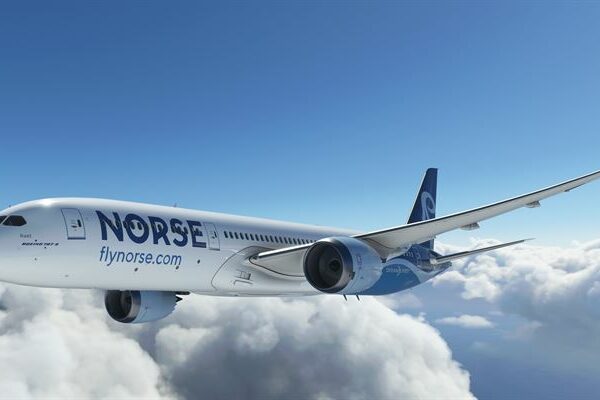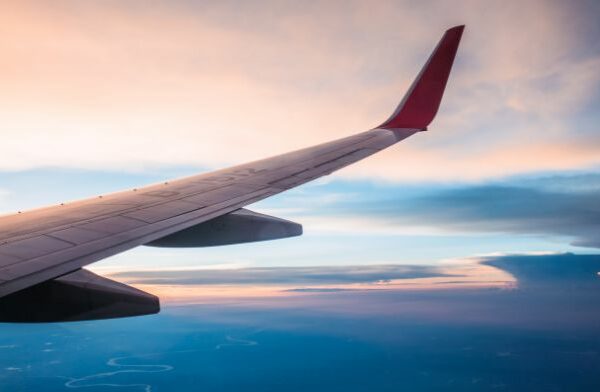The Sukhoi Superjet programme is under greater scrutiny following a reshuffle of the board at the United Aircraft Corporation in late April, and appointment on 13 May of Rostec Anatoly Serdyukov as the board’s chairman. Although not directly connected to the recent crash of the Aeroflot SSJ-100 Superjet at Moscow’s Sheremeyyevo Airport on 5 May, which killed 41 passengers and crew. Analysts view the appointment as a sign that the Superjet programme needs help in order to get it back on track.
In May, Ravil Khakimov became the president of both Irkut and Sukhoi Civil Aircraft (SCAC) and has taken on the task of creating a single entity within the UAC corporate structure to include the development, product sales, and after sales support of civil aircraft. The changes took place as a result of President Putin’s transfer of 92% stake in UAC to Rostec in October 2018. Rostec leadership and its new management team within UAC consider the MC-21 the top priority for investment, leaving other programmes, most critically the Superjet with a limited budget.
More than 180 Superjets have been built by SCAC, but over half are currently in storage. Those that are in regular service, 75% operate in Russia. Of these 66% fly with carriers on operational lease terms and 18% on financial leases. Operators themselves own the remaining 16%.
From early 2018 through to this year, several service bulletins addressed many of the aircraft’s issues which have been discovered since the airliner entered regular service in 2008. UAC claims that the commercially operated SSJ-100s fly only 200 to 220 hours per month, whereas other lead commercial types complete up to 300 to 350 hours per month. The differences are due to ongoing maintenance issues with the Superjets that need to be constantly addressed, so keeping the jets on the ground.
Speaking at a conference in Moscow, Irkut head of marketing Kirill Budayev explained UAC’s approach to the Superjet. “Our current strategy is more oriented on perfecting the existing aircraft design and building an effective aftersales support system. The immediate goal is to improve the current production version by introducing winglets and putting more passenger seats in.”
In Budayev’s opinion the MC-21 will represent the core of UAC’s civil product range followed by the SSJ-100 in the intended role of “a smaller brother” and “a second flagship”. Engineers within UAC will be focussing efforts into achieving more commonality between the MC-21 and Superjet over the next year, although Budayev stated: “There is no decision at the top corporate level yet to what degree we should pursue that commonality. We are simply looking for solutions on a better use of what we have, and then develop plans on how to move forward.”







